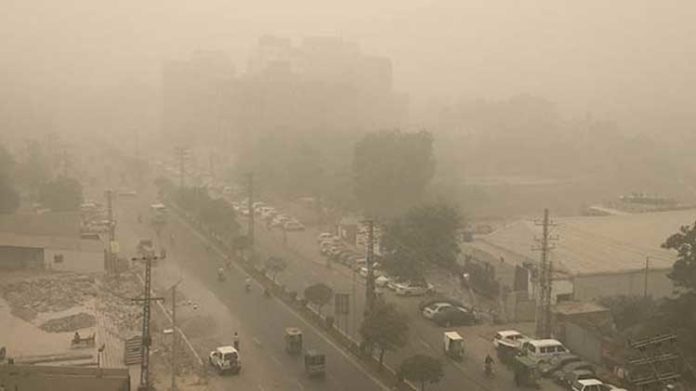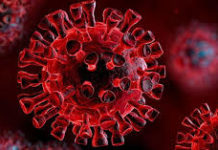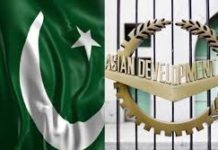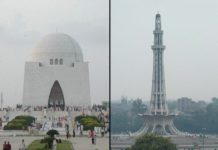Foreign Desk
Delhi authorities ordered all schools to shut on Wednesday after choking smog descended on north India and Pakistan, with pollution levels in the city 40 times the World Health Organization’s safe limit.
Levels of PM 2.5, the microscopic particles that are the most damaging to health, reached more than 1,000 micrograms per cubic metre in the Indian capital on Wednesday, according to US embassy measurements.
That is 40 times the World Health Organization safe maximum of 25 over a 24-hour period, and 100 times its upper limit for long-term exposure.
With Indian doctors warning of a public health emergency, the Delhi government ordered all schools in the city to close until Sunday — citing the threat to the health of an estimated five million students in the capital.
Dr. Arvind Kumar said the smog had made the city “unfit for human habitation”.
“The kind of toxin levels out there, you are affecting your brain, your heart, your lungs, every part of your body and it is causing irreparable damage,” said Kumar, chairman of the Centre for Chest Surgery at the Sri Ganga Ram Hospital in Delhi.
Pollution regularly spikes in the region before the onset of winter as farmers set light to their fields to burn the post-harvest crop stubble — a practice that remains widespread despite an official ban.
Cooler air also traps pollutants from local industry, coal-fired power plants and vehicles near the ground and prevents them dispersing into the atmosphere, a phenomenon known as inversion.
A report in the Lancet medical journal last month said pollution had claimed as many as 2.5 million lives in India in 2015, the highest in the world.
In Pakistan’s second largest city Lahore, flights were cancelled, school times pushed back and hospitals overwhelmed with patients.
No official air quality data was available but the informal PakAirQuality network, which publishes hourly air reports on Twitter, said the concentration of PM 2.5 in the city’s air reached 757.
Pakistan’s Punjab province of which Lahore is the capital pushed back opening times for schools to 9:00 am to shield children from the worst of the early-morning smog and shut down 180 factories.
Authorities in Delhi have closed power plants temporarily and experimented with taking some cars off the road since 2014, when it was named the world’s most polluted major city in a WHO survey.
“We knew it was coming, yet nothing was done to avoid a repeat,” said Prarthana Borah, India director of the charity Clean Air Asia.
“Unless air pollution is made a priority by the national government nothing will work. It is not about a particular geographic area. This is problem is borderless and affects us all.”
With dense smog shrouding the roads, many pedestrians and bikers wore masks or covered their mouths with handkerchiefs and scarves.
But there were warnings of even worse to come if changing weather conditions brought more smoke from neighbouring farming areas into Delhi.















